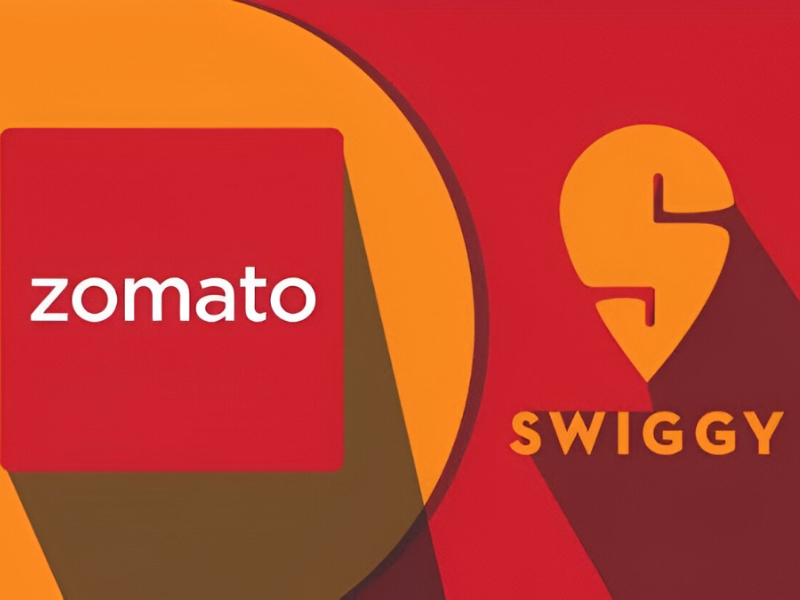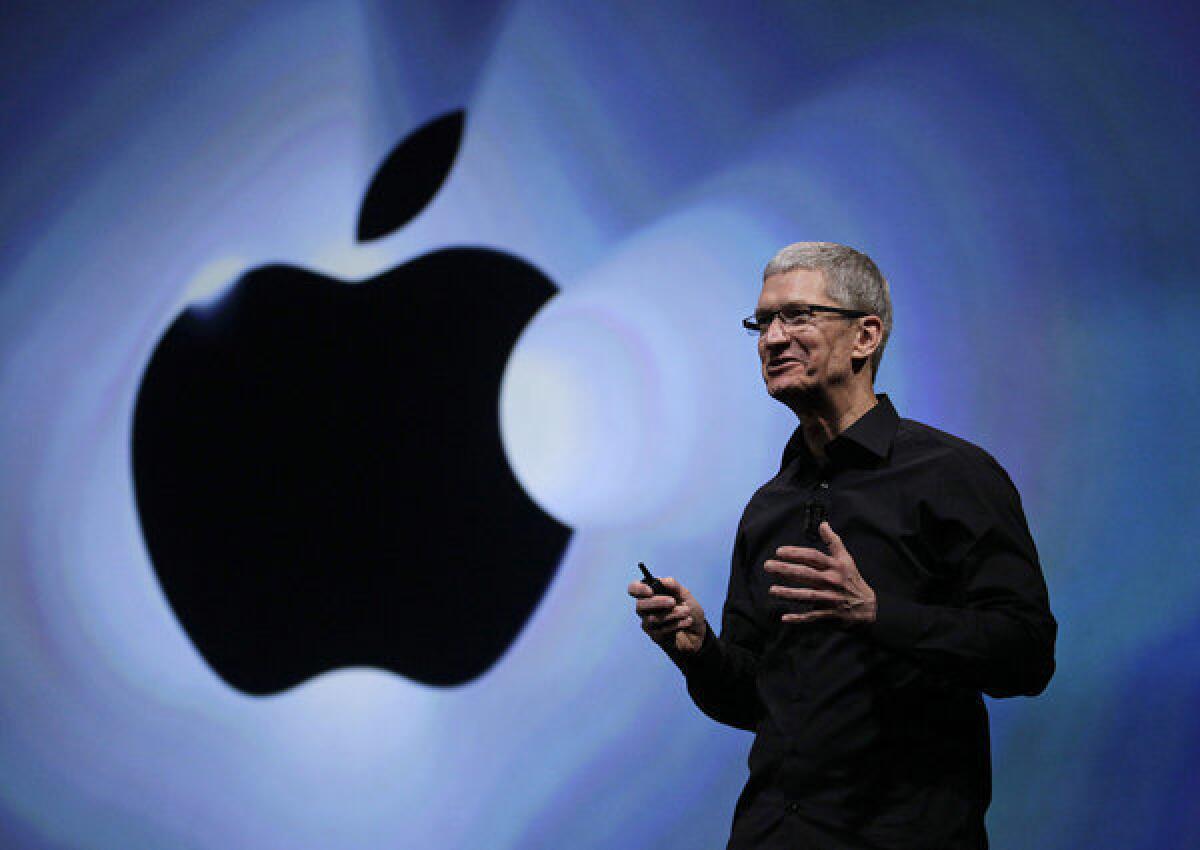“Decode with Sudhir Chaudhary: Redefining News on DD”
On May 15, 2025, Sudhir Chaudhary launched his highly anticipated show, Decode with Sudhir Chaudhary, on DD News. Within just 24 hours, the premiere episode garnered nearly one million views on YouTube, marking a significant milestone for both the anchor and the public broadcaster. A Strategic Move for DD News In March 2025, Prasar Bharati entered into a ₹15 crore annual agreement with Chaudhary’s production house, Essprit Productions Pvt Ltd, to produce 260 episodes of Decode annually. This collaboration aims to revitalize DD News’ viewership and credibility, leveraging Chaudhary’s established reputation in the media industry. Viewership Numbers and Digital Reach While specific television viewership numbers for Decode have not been publicly disclosed, the show’s digital performance has been exceptional. The near one million views on YouTube within the first 24 hours underscore its widespread appeal.This achievement highlights the growing trend of audiences consuming news content online, even from traditional public broadcasters. The Future of Decode With its strong digital debut, Decode is poised to become a significant player in the Indian news landscape. As the show continues to air weeknights at 9 PM on DD News, it is expected to attract a diverse audience seeking in-depth analysis and credible reporting. In conclusion, Sudhir Chaudhary’s Decode has not only achieved remarkable viewership numbers but also set a new benchmark for public broadcasting in India. Its success underscores the power of quality content and presenter credibility over platform limitations.










